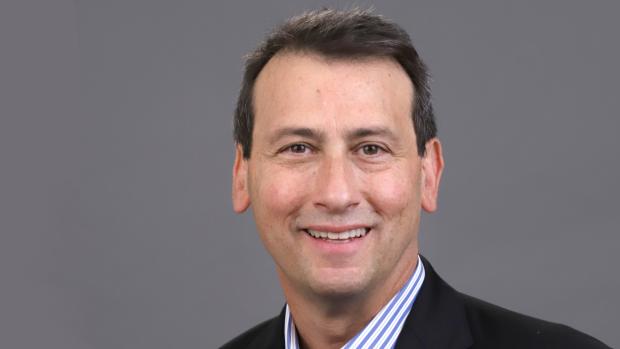Ted Rappaport elected to IEEE Vehicular Technology Society’s Hall of Fame

Theodore (Ted) S. Rappaport, the David Lee/Ernst Weber Professor of Electrical and Computer Engineering at the NYU Tandon School of Engineering, and Founding Director of NYU WIRELESS, a premier center for wireless communications research, has earned induction into the Institute of Electrical and Electronics Engineers (IEEE) Vehicular Technology Society (VTS) Hall of Fame.
The IEEE VTS’s Hall Of Fame recognizes “individuals whose truly outstanding leadership and contributions have had a significant impact on the technologies represented by the fields of interest of the IEEE VTS.” The VTS is one of the oldest societies in IEEE. It started in 1949 as a Professional Group on Vehicular and Railroad Radio Communications in the Institute of Radio Engineers (IRE). The group was renamed as IRE Professional Group on Vehicular Communications (PGVC) in 1950, and experienced significant growth in its membership base, expanded its field of interest, and had several name changes, including Vehicular Technology Group (VTG) in 1967, before becoming the IEEE Vehicular Technology Society since 1978. The VTS has been the association of reference for life-long learning, standards creation, dissemination of new technologies and networking through its high-impact technical publications and conferences, technology standards, and educational activities.
While Rappaport is perhaps best known for demonstrating the viability and versatility of the millimeter-wave radio spectrum for wireless telecommunications, his purview is much broader, including pioneering research and thought leadership that paved the way for Wi-Fi in the late 1980’s, and the first digital cell phone standards used in America, as well as the E-911 emergency location technologies used in all cell phones today. He is also credited with creating the approaches used to design and deploy wireless networks in and around buildings, and for creating a mathematical theory for evaluating energy efficiency and sustainability in any communications link. Rappaport is consistently one of the most cited researchers in the world, and launched three widely successful academic wireless research centers.
Recent papers of which he is co-author include the introduction of a mathematical framework used to evaluate power efficiency in cascaded communication systems; research into the application of millimeter wave for vehicular communications; channel modeling for sub-THz transmissions from microcells in urban settings; and the updated edition of his seminal textbook Wireless Communications: Principles and Practice, which provides an unrivaled introduction to the theoretical and practical fundamentals of wireless communications.
A tenured full professor in the NYU Courant School of Mathematics and the NYU Grossman School of Medicine, Rappaport has co-authored over 300 papers and twenty books, including the most cited books on wireless communications, adaptive antennas, wireless simulation, and millimeter-wave communications which have been translated into eight languages. He co-founded two wireless companies, TSR Technologies and Wireless Valley Communications, which were sold to publicly traded companies, and he has advised many others. He is the first academic to be named to the National Academy of Engineering, the Wireless Hall of Fame, and made a Fellow of the National Academy of Inventors.
NYU WIRELESS, under the direction of Thomas Marzetta, is now focused on the next generation of telecommunications, 6G, with investigations into the many possibilities of wireless through exploitation of sub-terahertz (THz) spectrum, new ways to target transmissions, wireless applications for the cloud, robotics, medicine, virtual reality, sensors, and many other applications.




